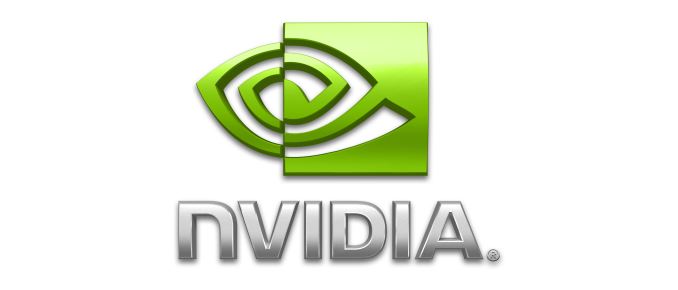NVIDIA Announces GameWorks SDK 3.1
by Daniel Williams on March 16, 2016 7:20 AM EST
Innovation is hard work. Doing work that has already been done elsewhere can be satisfying, but also annoying - no-one wants to reinvent the wheel every time. In the realm of 3D graphics, we are not limited to creating our wares from scratch - toolsets such as NVIDIA GameWorks are provided to developers allowing them to include advanced graphics rendering and physical simulation features into their products. The latest version, NVIDIA GameWorks 3.1, is being released this week.
NVIDIA GameWorks SDK 3.1 introduces three new graphics technologies involving shadows and lighting. NVIDIA Volumetric Lighting involves simulating how light behaves as it scatters through the air, and was showcased in Fallout 4. Moving over to shadows, we will see NVIDIA Hybrid Frustum Traced Shadows (HFTS) which involves rendering shadows that start as hard shadows nearer the casting object and transition to soft shadows further away. Lastly, in the new graphics features, we see NVIDIA Voxel Accelerated Ambient Occlusion (VXAO), which NVIDIA dubs as the highest quality ambient occlusion algorithm. What makes this version better than previous techniques is the ability to calculate shadows with all geometry in world space, versus older screen space techniques that can only cast shadows for geometry visible to the camera.
Adding to the roster of PhysX features is NVIDIA PhysX-GRB, which is a new implementation of NVIDIA’s PhysX rigid body dynamics SDK. This new implementation provides a hybrid CPU/GPU pipeline that NVIDIA claims can improve performance by a factor of up to 6X for moderate to heavy simulation loads, especially for those that are large on compute shader register resources. NVIDIA Flow is the other update to PhysX which will introduce the ability to simulate and render combustible fluids such as fire and smoke, and this time simulation will not be confined to a bounding box. This should lead to much more flexibility and usefulness in games and other software in the future.
Source: NVIDIA










52 Comments
View All Comments
D. Lister - Thursday, March 17, 2016 - link
"Is that why Linux is arguably better and more stable than Windows or Mac?"Arguably indeed.
"Is that why OpenOffice/LibreOffice can open older and corrupt Word and Excel files better than MS Office?"
While these alternatives do offer legacy support for versions that was eventually dropped by MS, they're also quite slow to adopt new features. Secondly, let's not forget that OpenOffice/LibreOffice are here because first there was MS Office. If the aforementioned were really better than MS Office, then they would be the ones dictating standards and MS would be playing catch-up, not the other way around.
"There are many examples in the software world of open-source and "FOSS" being superior to closed source."
I'm assuming that you're holding back on the implied salvo for a later retort, because the two examples you've offered so far, are rather lukewarm at best.
AVeryLargeObject - Saturday, April 2, 2016 - link
It is quite amusing seeing Nvidia fanboys protecting a company that gives not a single care about them. I cannot wait to see Nvidia actually make good GPUs, as opposed to crippling old ones to make their new ones look better.